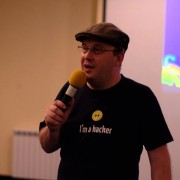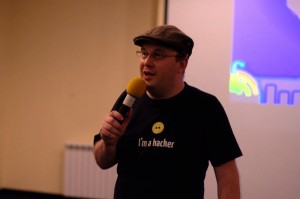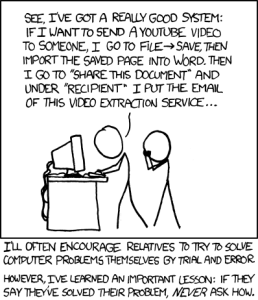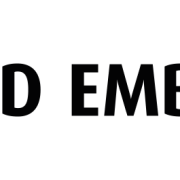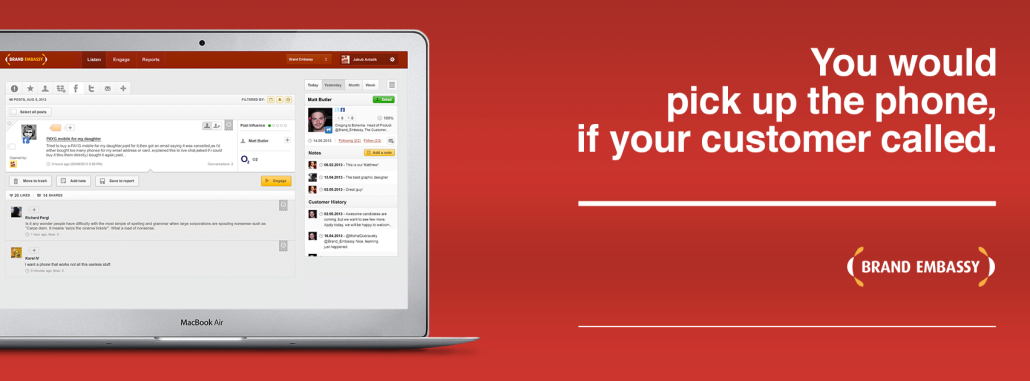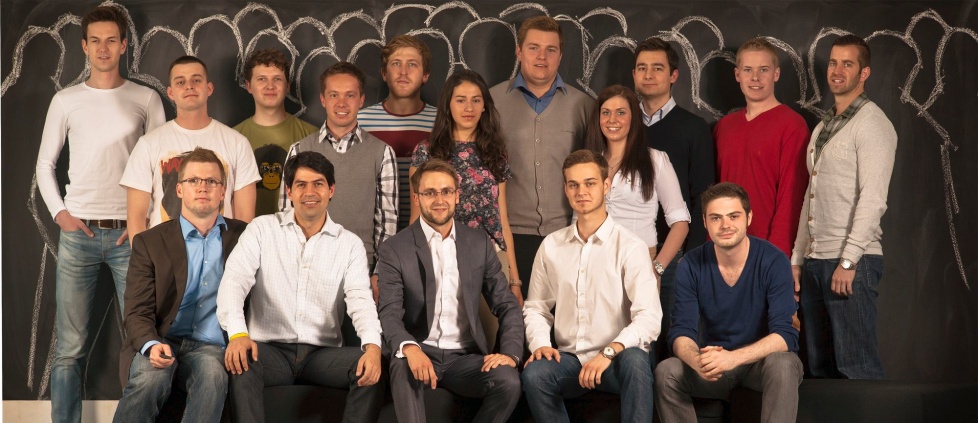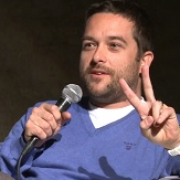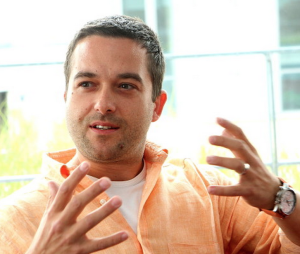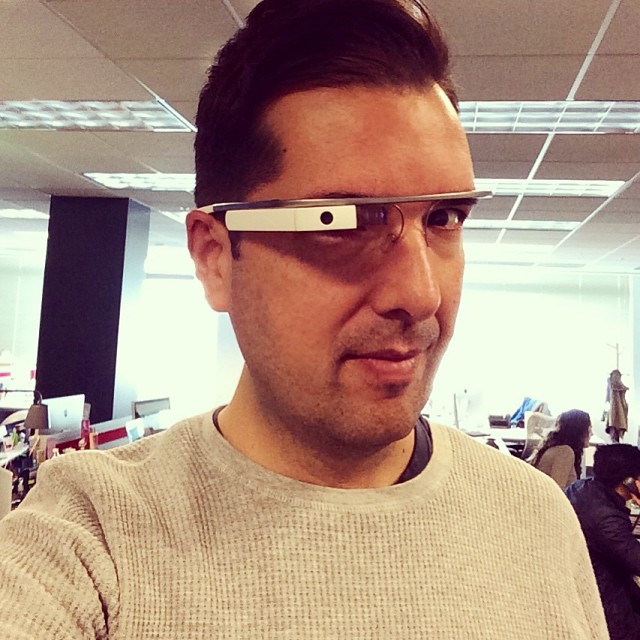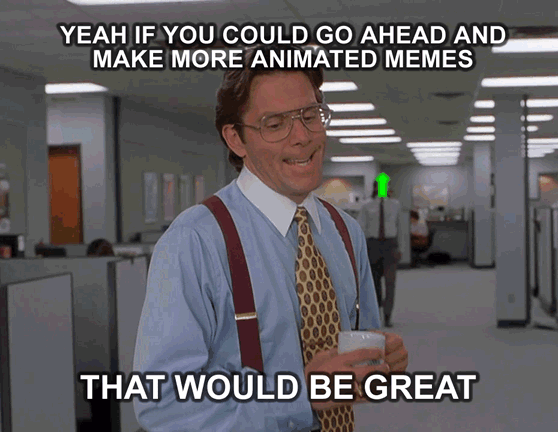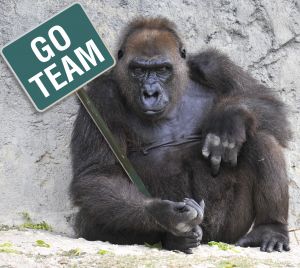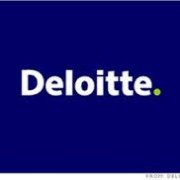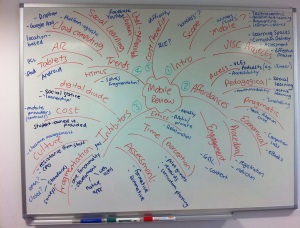Hacking the Startup Life: 5 Must Do (Alternative) Things in Prague
In a few months, StartupYard teams will descend on Prague for what will hopefully be the most productive three months of their relatively young lives. And while running and growing a startup is serious business, there’s a good reason we’re in Prague, and it’s because we freaking love it here. In terms of tourism, Prague ranks highly with travelers, and according to this nifty database, it stacks up well in terms of cost of living against virtually any other technology hub, ranking just above Kiev (94% as expensive), in terms of price index (for comparison, London is 181% more expensive, while San Francisco is 118% more expensive).
Adding to that, our StartupYard teams will be living on our dime while they’re here. We’re covering the rent, so they can focus on what matters: the startups they will dedicate their time to growing with us.
But it’s not just about how far a Euro (or a Czech Crown), can go in this city. It’s about what you can do here that you can’t do anywhere else. While we won’t pretend not to be biased, we can say with no hint of prevarication that Prague is an awesome place to live, even if it’s only for 3 months. Here are 5 things teams must try while they’re here:
1. The Prague Beer Festival
Prague’s pubs are great, and it’s a time of great change and exciting innovation in Prague’s beer culture. But still, unless you know the city well, you’re likely to find your choices at the average Prague pub to be somewhat limited, and uninspiring. Boring pilsners and ordinary lagers are the order of the day for most Czech beer drinkers (sorry, but that’s a fact), and though Czech beer can’t be reproached for it’s quality, it can be lacking in imagination.
But not to fear. The innovative spirit of Prague has inspired a host of mold-breakers in the past decade, and today, the Prague Beer Festival is a showcase of some incredible brewing talent. Locals will lift their noses at the prices (a scandalous €1.64 for a half liter, or €3.28 for a premium selection), but the selection of adventurous, fresh, and delicious beers, as well as the… appealing style of service, will convince more visitors that it’s time to start shopping for a home in Prague.
Highlights
Traditional costumes, live bands, huge selection of beers and excellent Czech cuisine, a party atmosphere and excellent prices. There’s also a great system here where you buy tokens (called Tolars) at the entrance, and pay for your food and drinks without ever needing to worry about making change.
2. Indoor Skydiving
Prague is home to the only wind tunnel with a circular glass enclosure in the world. That means that with no preparation other than a short briefing with a flight instructor, you can safely simulate a free-fall skydive in a chamber nearly 5 meters wide, and 14 meters high.
Highlights
200km/h winds, inside a tube = fun. Need we say more?
3. The Dox Gallery
The Dox Center looks a lot like startup fairyland. If you dream of the kinds of offices you might design when you go IPO and rake in your huge valuation, it may be just the place to visit. Built on the premises of an old factory in a traditionally industrial sector of the city, Holešovice, the center’s gallery is home to iconoclastic, ironic, and challenging exhibitions like Pharmotopia, an Zone in Motion. It’s a space that will be sure to fire your imagination.
When you’ve been sitting at your keyboard for one too many hours, peel yourself away from your startup to get some inspiration, and browse the design shop for some desktop ornaments.
Highlights
Weird cool architecture, and minimalist design blends the old with the new, waking up the senses and awakening fresh new ideas. Also, there’s a café.
4. Go Blind for a Day
No, seriously. This is a good idea. Following a fashion introduced in the late 90s, Pod Kridlem Noci offers a pitch black dining experience, in case you’ve ever wondered what it might be like to socialize and dine in a world with absolutely no light.
If dining in pitch black isn’t enough of the blind experience for one day, you can add a visit to the “invisible exhibition,” a sort of museum that simulates the experience of blindness with a set of exercises in a pitch black environment, forcing you to use your senses to tell what’s going on around you, and to navigate an unknown terrain. Again, for programmers and startupers, it can be important to get new perspectives, so opening yourself up to a totally new way of interacting may inspire new thoughts and ideas, taking you out of tunnel thinking and lifting barriers to creativity. Seen in that way, activities like these are a must for a startup accelerator team.
Highlights
None. You won’t be able to see them anyway.
5. Disco Boats, Pub Crawls, and General Mayhem
We’d be kidding ourselves if we didn’t mention the reasons so many young people come to Prague in the first place. The accelerator is a place to work, but we won’t deny that Prague itself is a playground of sorts. When you aren’t coding your fingers to the bone, you have our permission to let loose a little bit, and enjoy some of Prague’s nighttime offerings like:
The Party Boat
Pretty much exactly what it sounds like, I can’t say personally that the Party Boat is exactly my thing. But then, when I first moved to Prague at 23 years of age, it was exactly the kind of thing I wanted to try. And if you’re not old and married (and therefore proudly boring), then this might be just the ticket for a night’s relaxation. The party boat follows a traditional pub-crawlish structure, only with a boat added: drink a lot, get on a boat where you drink a lot, get off the boat and go to a club where you drink a lot.
If that sounds like your thing, then you’ve got far more energy -and less sensitive ears- than I do, and you’ll be in good company.
Pub Crawls and General Mayhem
There are a mess of these sorts of outings in Prague, and they generally attract the 18-25 crowd of Erasmus students and tourists. Again, expect heavy drinking and a fair amount of incoherent yelling. As a self-described local, I’m not actually allowed to like the idea of pub crawls, as they are boisterous and annoying, and full of young people having the time of their lives. Old boring married people don’t publicly endorse these kinds of shenanigans, but between you and me, if you’re under 25, this is the sort of thing you’ll hate yourself for doing the next day, but thank yourself for doing 10 years from now. So maybe you should do it. I won’t tell anyone.
[ssba]




